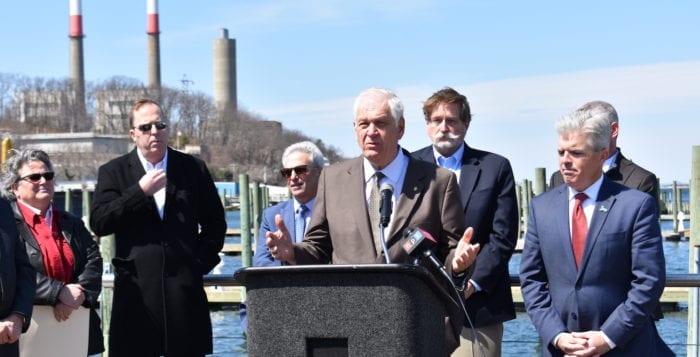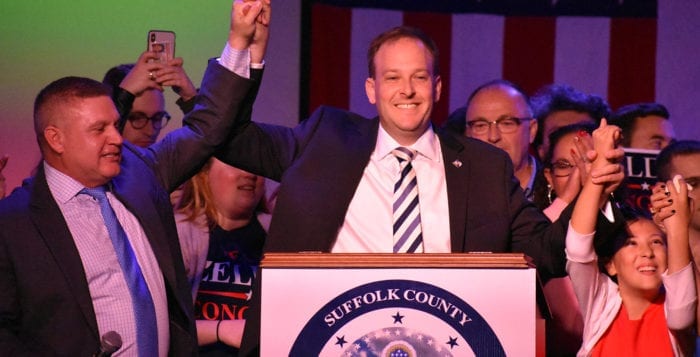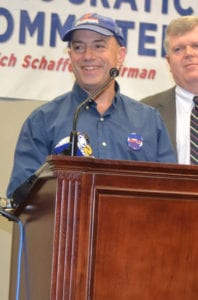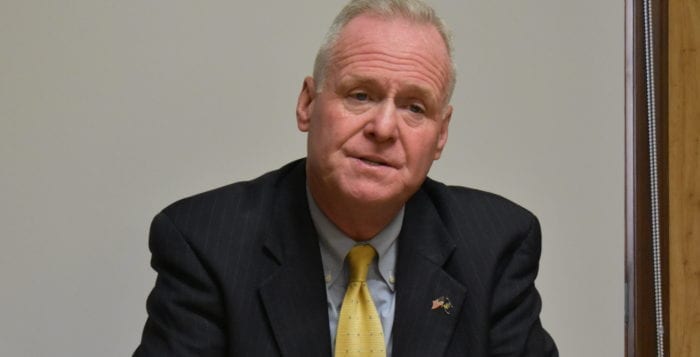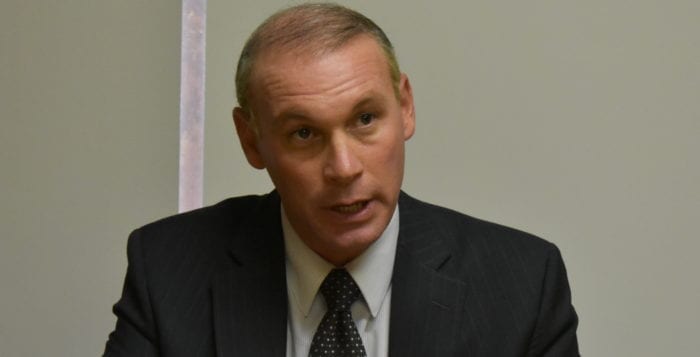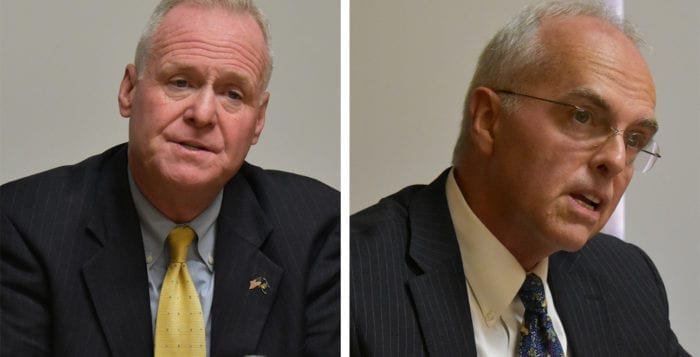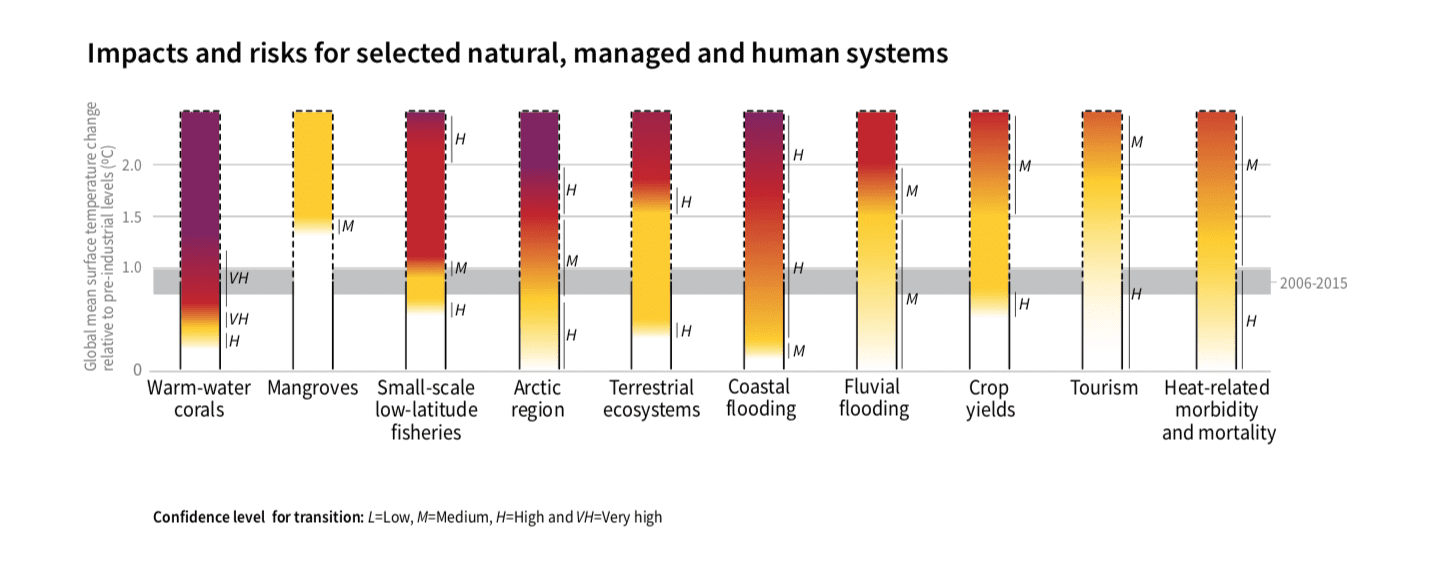
New York lawmakers aim to tackle the climate change issue head on: It passed June 20 a bill that will largely eliminate fossil-fuel emissions by 2050.
The bill, called the Climate Leadership and Community Protection Act, will require incremental changes to the state’s infrastructure. By 2030, the state plans to obtain 70 percent of its electricity from renewable energy sources, shifting entirely to carbon-free electricity by 2040 and cutting greenhouse gas emissions by 85 percent below 1990 levels. Part of the plan includes developing and implementing measures that remove carbon dioxide, a heat-trapping gas, from the atmosphere.
New York joins California, Nevada, Hawaii, Washington, New Mexico, Washington, D.C., and Puerto Rico in committing to clean energy power. The initiative comes in response to the current administration bailing out of the United Nation’s landmark 2015 Paris Agreement to build a low-carbon future and scaling back on many other environmental measures and regulations.
Assemblyman Steve Englebright (D-Setauket), the bill’s original sponsor, said the bill addresses one of the most important issues of our time. He and state senators have been trying to get clean-energy legislation passed for the last four years. Prior to the 2018 elections, he said, the bill was stuck in the Republican-led senate.
“It made a big difference in getting this [bill] passed,” he said. “When you have individuals that deny climate change, it is difficult just to get to first base.”
“We will all need to work together to solve this.”
— Steve Englebright
The bill lays out an ambitious plan for the next 30 years, and it will be guided by a 22-member state panel called the Climate Action Council.
The council will be made up of state agencies, scientists and individuals in the environmental justice, labor and other regulated industries. The bill requires the council to create a scoping plan that will set out recommendations for reducing emissions across all sectors of the economy, including transportation, building, industrial, commercial and agricultural. They will have to approve a scoping plan within the next two years and then update the plan at least every five years.
Englebright said a lot is at stake with this climate plan and it is important that they are successful.
“I would say this is the most aggressive plan to combat this climate challenge; New York should be leading the way,” he said.
The bill will also set aside hundreds of millions of dollars to prioritize disadvantaged communities around the state, particularly those devastated by pollution and climate change.
“The Long Island Progressive Coalition celebrates the power of the NY Renews coalition in winning a climate bill that makes New York a national leader in legally-mandated emissions cuts,” Lisa Tyson, Long Island Progressive Coalition director said in a statement. “The agreement struck on the Climate Leadership and Community Protection Act is a significant step forward in combating the climate crisis and moving toward a more regenerative economy for our communities — one powered by 100 percent clean renewable energy.”
Though it is considered a victory in the fight against climate change, the coalition was disappointed that some amendments were left out of the final bill.
“We are deeply concerned that the changes in the final version of the bill weaken the original intent we set out as a coalition to directly invest resources in vulnerable communities,” Tyson said in a statement. “Although the bill includes a nod toward prevailing wage, the governor’s Climate Leadership and Community Protection Act removes mandates to secure specific worker protections, job growth and training included in previous editions of the Climate and Community Protection Act, which are essential to a just transition off of fossil fuels.”
Other county officials weighed in on the passage of the bill.
“As chair of the Suffolk County Environment Committee, I understand how crucial it is to our children’s futures that we take measurable steps to counteract human-induced climate change,” Legislator Kara Hahn (D-Setauket) said in a statement. “I am proud to say that I am from a state that recognizes the importance of environmental consciousness, and that takes the action necessary toward progress. I commend Governor Cuomo and the New York State Legislature for reaching an agreement that will ensure measurable reductions in carbon emissions and promote clean energy and a greener economy.”
Once the bill is signed by Gov. Andrew Cuomo (D), it will become law.
Englebright stressed it is going to take a collaborative effort to make sure this plan will work.
“It is going to take recognition from people that this is not some made up problem, It is not a fake science,” he said. “We will need to work together to solve this.”
Scientists from the United Nations International Panel on Climate Change have been recommending to policymakers the 70 to 85 percent reduction of fossil fuel use by 2050 to curb the worst impacts of a warming planet.

